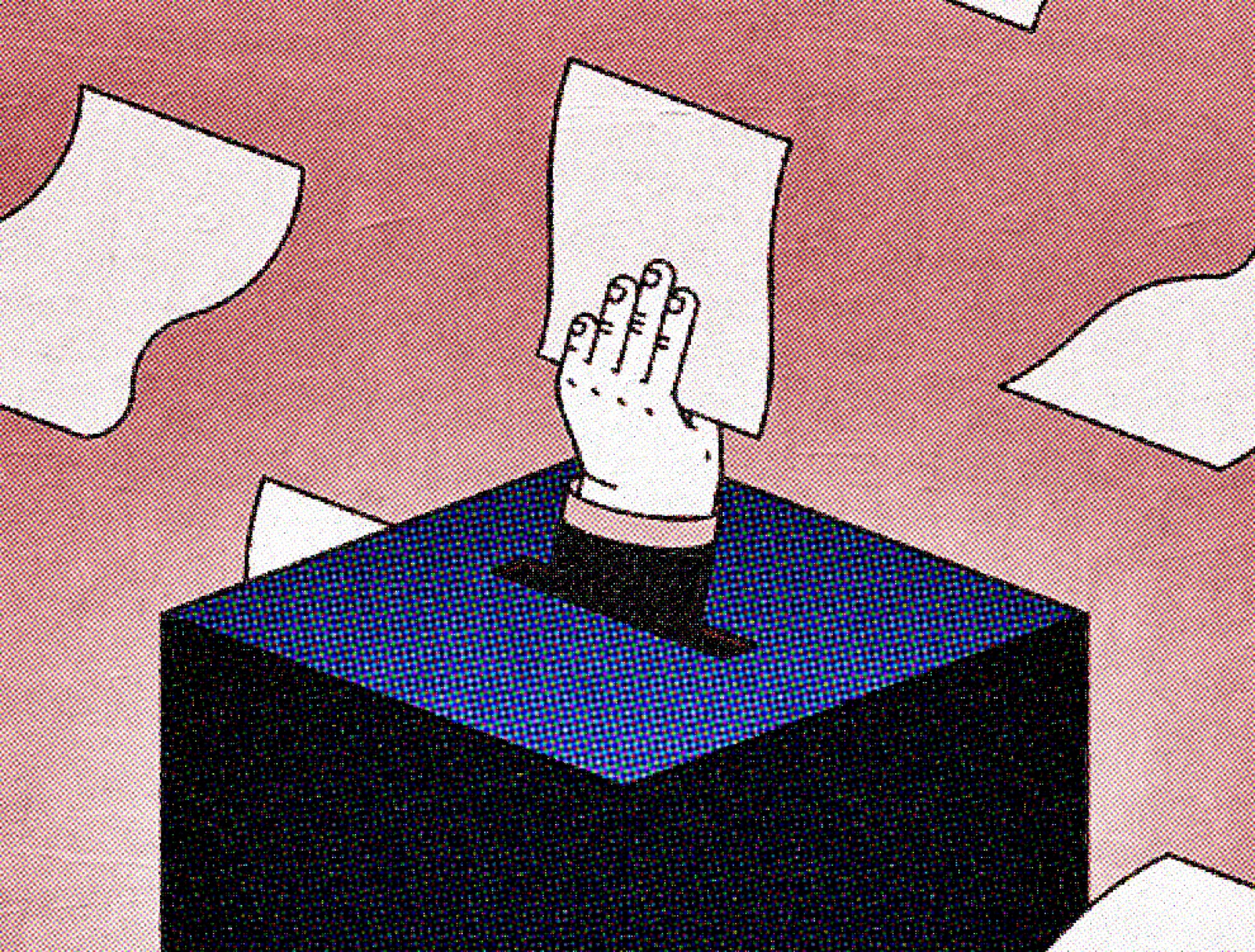
This past weekend, the smart folks who try to figure out what the hell we’re thinking at any given moment gathered in Toronto for the annual conference of the American Association for Public Opinion Research. The jobs of pollsters and journalists don’t have a perfect overlap — mostly, we like anecdotal ledes more — but we’re all in the business of understanding the opinions of citizens and seeing if the information they receive meets their needs as civic actors.
I was watching via Twitter, and you can do the same via hashtag. Here are a few of the items that piqued my interest — some relating to media consumption, some relating to how we should report about polls, some relating to broader information trends. Many of the underlying ideas aren’t new, but they’re an excellent reminder to be aware of how our eyes, ears, and notebooks can sometimes deceive us.
People lie about going to church. You can tell if you have a tracking device on their phone! This sort of social desirability bias is something reporters come across all the time — otherwise, we’d be an exceedingly buff nation from all those six weekly visits to the gym.
Holy heck Batman, I’m now in a #AAPOR presentation about a new approach to surveys (“random device engagement”)…researchers asked people if they went to church AND THEN COULD CHECK IF THEY REALLY HAD BASED ON THEIR LOCATION DATA. 😳 pic.twitter.com/iHbI8hQwvK
— Kristen Soltis Anderson (@KSoltisAnderson) May 18, 2019
People can be more or less willing to express their opinions — to a pollster or to a reporter — depending on what’s happening in the news. (That old bugaboo differential response bias.) Right after the Brett Kavanaugh hearings last fall, for example, Trump supporters were notably more willing to respond to a survey — which made them look like a larger share of the electorate than they were unless you corrected for it.
Great #AAPOR work from @MysteryPollster on differential partisan nonresponse bias in 2018 election: Trump approvers more likely to complete surveys after Kavanaugh hearings, creating illusory GOP House vote bump. Evidence now in 3 of last 4 elections https://t.co/cly52A2MXz pic.twitter.com/My77MlyX22
— Alexander Agadjanian (@A_agadjanian) May 19, 2019
Even the most fundamental of terms don’t mean the same thing to everyone! One man’s “large central metro” is another man’s…farm?
How people self-identify their community types vs. how the CDC categorizes them, via VoteCast data #AAPOR pic.twitter.com/ozxyiNJLNm
— Ariel Edwards-Levy (@aedwardslevy) May 18, 2019
Best practices for running an election forecast — that is, if anyone other than Nate Silver isn’t scared off by the spectre of 2016:
Election polling and forecasting are different disciplines requiring different skill sets. – @ipsosus paper at #AAPOR pic.twitter.com/KJ2llHD9AV
— Patrick Murray (@PollsterPatrick) May 18, 2019
This is why the people who didn’t vote in 2018 stayed home. The media plays a pretty big role in at least the first three.
Who are the registered voters who didn't vote in 2018? Disproportionately younger, racial minorities, less educated, politically independent. Why they chose not to vote: pic.twitter.com/1zEFRbSclb
— Ariel Edwards-Levy (@aedwardslevy) May 18, 2019
“Combining race, education, and gender, the largest subset of the electorate is white college-educated women.” Also, black women are a larger part of the Democratic electorate than college-educated white men or “very liberal” men. Something to remember when you’re trying to get the voice of the Democratic voter.
What you need to know about demographics going into the 2020 Dem primary pic.twitter.com/j2qIv4wK6f
— Ariel Edwards-Levy (@aedwardslevy) May 18, 2019
more than any other category, college-educated women are a growing share of the share of electorate @jennagiesta #aapor pic.twitter.com/uKWjKzbWy6
— Yfke 😉ngena (@YfkeO) May 18, 2019
Whether or not you trust the media aligns a lot with what kind of media you like to consume. Watch PBS and read The New York Times? You’re probably a Democrat and high-trust in media. Local TV and local (non-public) radio? Republican and low-trust. (Separately, note how Democrats outconsume Republicans in 7 of the 9 media formats listed — even cable news! Liberals just consume a lot more news on average than conservatives.)
Happening now at #aapor — @GallupNews ‘s Jeff Jones shows that trust in US media varies by the type of media you consume. Public TV and radio = very high trust in media. Local radio = very low.
Jeff shows this is driven by partisanship! pic.twitter.com/4k44B1q8XU
— Joy Wilke (@joywilke) May 17, 2019
Attention sensor journalists: People are a lot more willing to let you see their GPS data than their photos and videos.
People willing to share gps data, but picture/video data not so much. Research by Bella Struminskaya and colleagues #AAPOR pic.twitter.com/ST1RHFumy9
— Marieke Haan (@Mrieke_H) May 18, 2019
We’ve long known that people are more willing to split tickets in local elections than in federal ones. (Meaning they’re more willing to vote for a mayor or governor of the other party than they are a president or a member of Congress.) For local reporters that should mean more coverage of issues that cut across party lines.
! more split ticket voting in state vs federal elections, confirming what we knew but validated by individual ballot image logs! #AAPOR pic.twitter.com/fudrgnbEzN
— Patrick Ruffini (@PatrickRuffini) May 17, 2019
Twitter users are 3 to 4 percent more likely to donate to a political campaign that Twitter abstainers.
Does Twitter increase the likelihood of donating to a campaign? Yes! #AAPOR pic.twitter.com/aPJvQZC85m
— Patrick Ruffini (@PatrickRuffini) May 17, 2019
And finally, if you like cats, you probably like responding to polls.
🐈 enthusiast are better respondents! #AAPOR pic.twitter.com/LdM7s85U5N
— Ulrich Krieger (@uli_krieger) May 19, 2019